Optimal Timing for Waterproofing Applications
Proper timing for waterproofing is essential to ensure maximum effectiveness and durability. The most suitable periods are typically during mild weather conditions when temperatures are stable and there is minimal precipitation. This reduces the risk of moisture interfering with the application process and allows materials to cure properly.
Seasonal considerations play a crucial role. Spring and early fall often provide optimal conditions, avoiding extreme cold or heat. Applying waterproofing during these times can extend the lifespan of the protection and prevent costly repairs caused by water intrusion.
Spring offers moderate temperatures and less precipitation, making it ideal for waterproofing projects before heavy rains.
Early fall provides stable weather and allows waterproofing to set before winter conditions set in.
Cold temperatures and freezing conditions hinder proper curing, reducing waterproofing effectiveness.
High temperatures and direct sunlight can cause rapid drying, which may compromise the application quality.

Ways to make Waterproofings work in tight or awkward layouts.
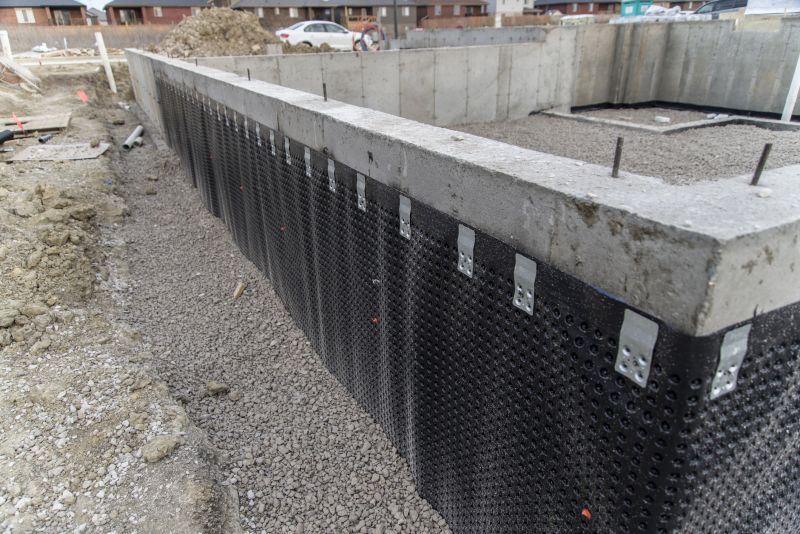
Popular materials for Waterproofings and why they hold up over time.
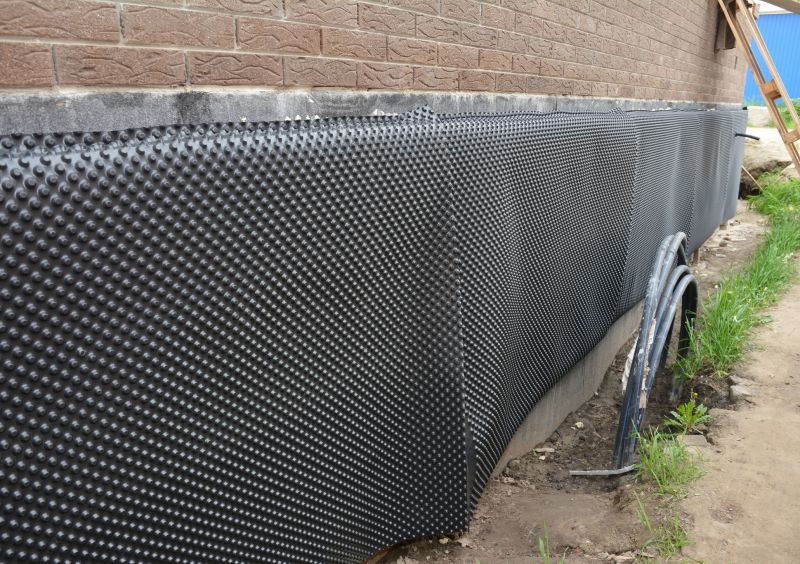
Simple add-ons that improve Waterproofings without blowing the budget.
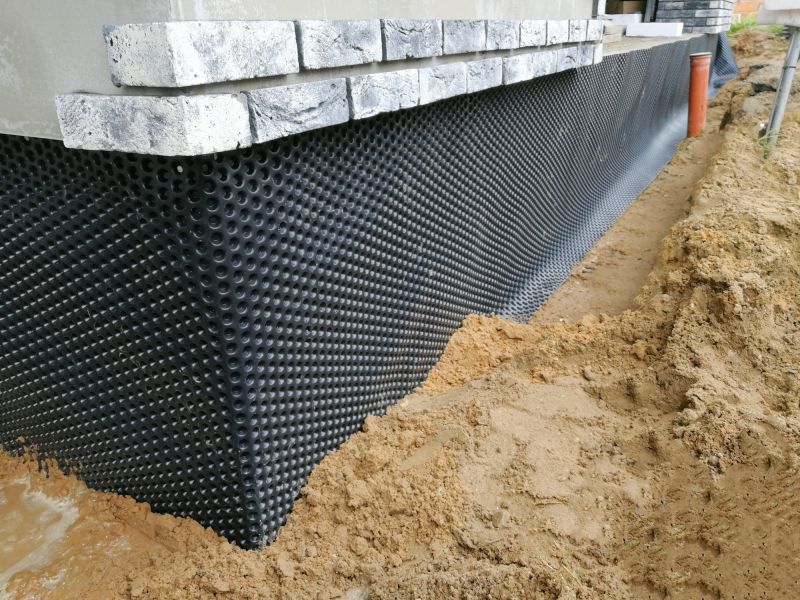
High-end options that actually feel worth it for Waterproofings.

Finishes and colors that play nicely with Waterproofings.
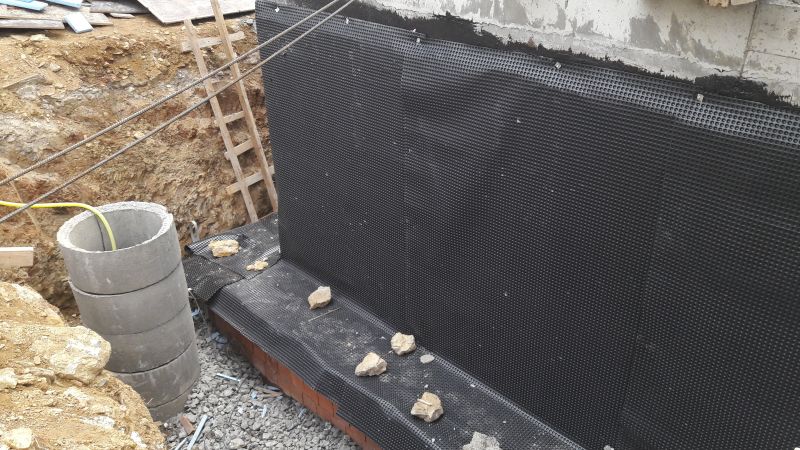
Little measurements that prevent headaches on Waterproofings day.
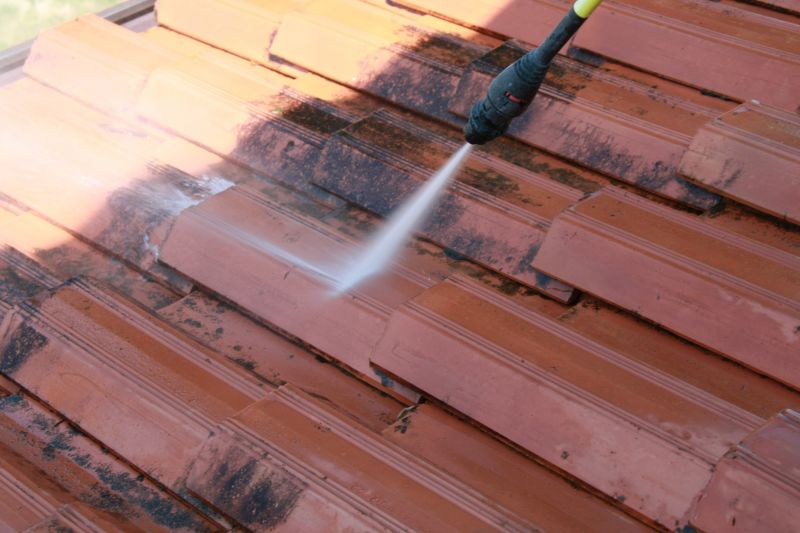
A 60-second routine that keeps Waterproofings looking new.
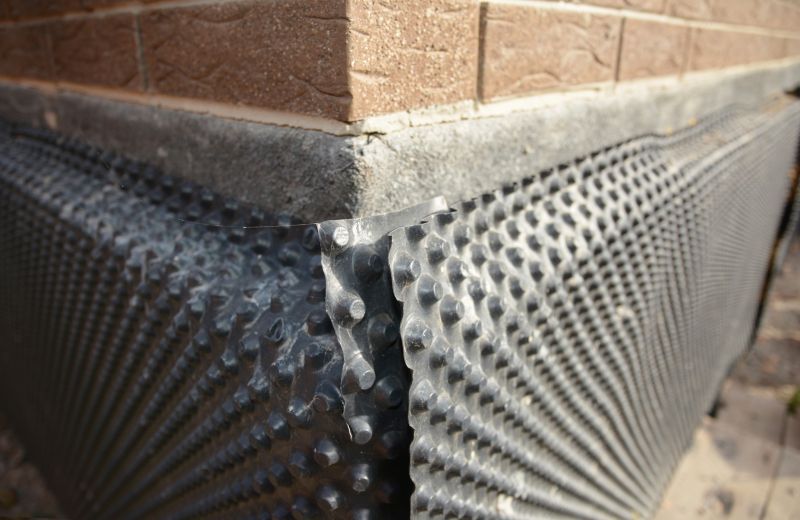
A frequent mistake in Waterproofings and how to dodge it.
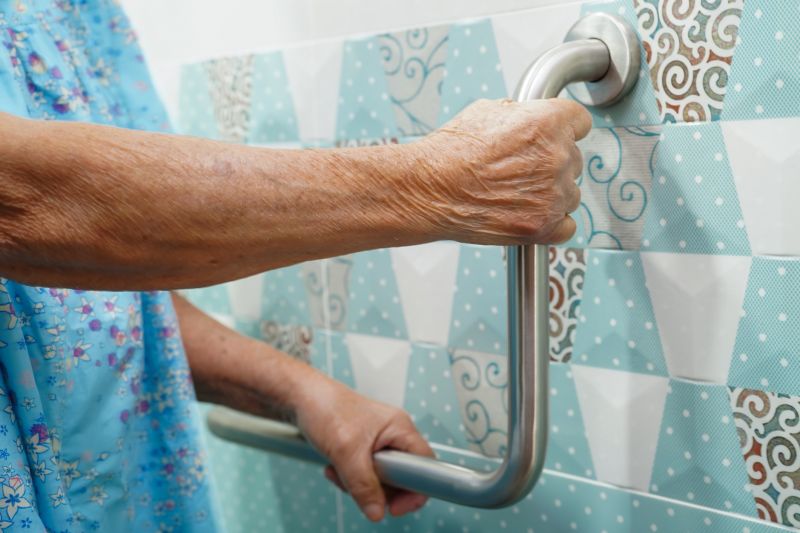
Small tweaks to make Waterproofings safer and easier to use.
| Season | Ideal Conditions |
|---|---|
| Spring | Moderate temperatures, minimal rain |
| Early Fall | Stable weather, dry days |
| Summer | High temperatures, direct sunlight |
| Winter | Freezing temperatures, snow |
Waterproofings serve as a vital barrier against water infiltration, protecting structures from damage caused by moisture. Proper application and timing can significantly extend the lifespan of waterproofing systems, reducing maintenance costs and preventing structural deterioration. Advances in waterproofing materials have increased durability, with some products offering protection for decades when applied correctly.
Statistics indicate that water intrusion is a leading cause of structural damage in buildings, accounting for a significant percentage of repair costs annually. Effective waterproofing during optimal seasons can mitigate these risks, ensuring the integrity of foundations, roofs, and walls over time.

Lower-waste or water-saving choices for Waterproofings.
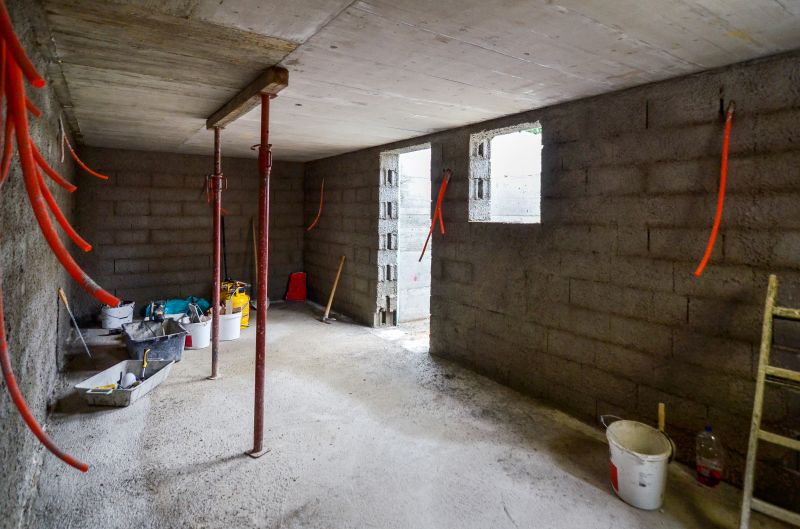
The short, realistic tool list for quality Waterproofings.

Rough timing from prep to clean-up for Waterproofings.
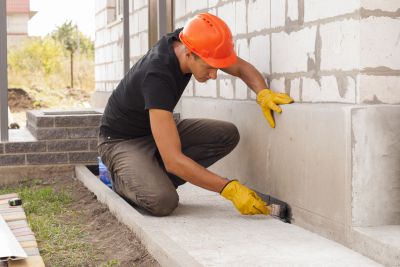
Quick checks and paperwork to keep after Waterproofings.
Interested parties are encouraged to contact for further information about waterproofing options and scheduling. Proper timing and application techniques are essential for long-lasting protection against water damage.

